The significance of Notre-Dame, and how it helped Paris become a cultural capital of the world
Notre-Dame was built to solidify Paris’s reputation as a cultural centre of France, and went on to become a global landmark. Here’s why the cathedral inferno - and the partial destruction of 850 years of history - matters to the entire world.
World
Don't miss out on the headlines from World. Followed categories will be added to My News.
It’s one of France’s most iconic and celebrated landmarks, with about 13 million visitors per year travelling to catch a brief glimpse of the wonder of the Notre-Dame cathedral.
Days before Easter the magnificent gothic structure has collapsed in flames, sending Parisians and the world into a state of mourning, understably so as more than 850 years of history has been set ablaze.
Fire destroys 850 years in just hours
Massive donations after Notre-Dame inferno
But the significance of the Notre-Dame, built to put Paris on the map as the cultural capital of France, will forever remain one of the true wonders of the world.
Here’s a brief look back in time at some of the iconic moments that happened there and how it came to be a global landmark.


A GOTHIC JEWEL
The cathedral is considered a masterpiece of medieval architecture. It was built on the small island of Île de la Cité, Seine in 1345; construction began under the rule of King Louis VII.
The king wanted to build monuments that would cement Paris as a political, economical and cultural centre of France. He certainly achieved this goal with the Notre-Dame. It is by far the most visited monument in Paris, with the city celebrating the 850th anniversary of the cathedral in 2013.
Sadly the amount of wood used to fit out the structure, which led to the Notre Dame being nicknamed “The Forest” is the reason it burned so quickly and ferociously.
It’s said more than 52 acres of timber were used inside the structure. Its wooden frame consisted mostly of oak and some wooden frames are thought to have been in use since it was first built. Those trees would’ve been cut down around 1160. The more current frames date back to 1220.
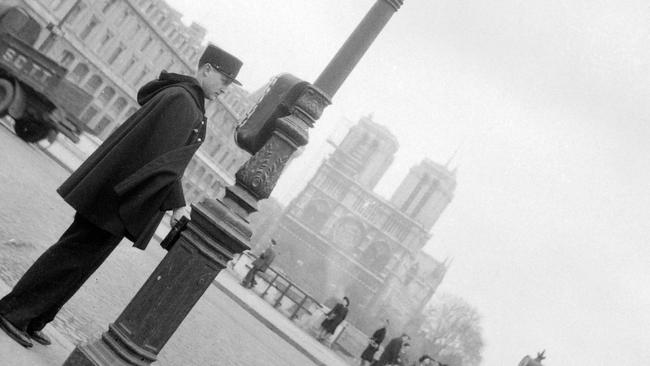

WHAT’S IN A NAME?
Notre-Dame de Paris is French for “Our Lady of Paris”.
A SYMBOL OF FRANCE
The cathedral is a major symbol of Paris and the nation of France. It has inspired many works of art including Victor Hugo’s 1831 book The Hunchback Of Notre Dame. The French writer is also known for Les Misérables.
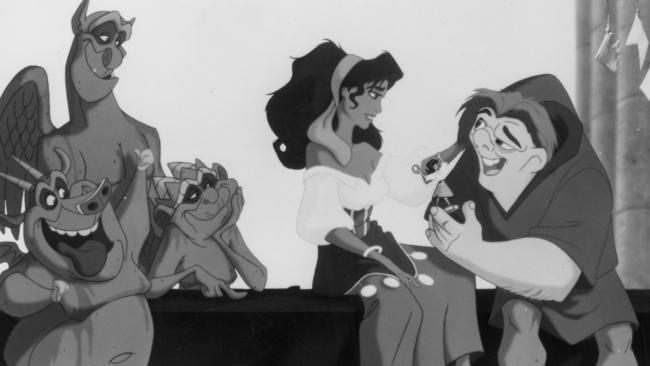
In Hugo’s book, which was much later adapted into a popular Disney film, he described the cathedral ablaze. “All eyes were raised to the top of the church. They beheld there an extraordinary sight. On the crest of the highest gallery, higher than the central rose window, there was a great flame rising between the two towers with whirlwinds of sparks, a vast, disordered, and furious flame, a tongue of which was borne into the smoke by the wind, from time to time.”
Hugo’s novel reignited interest in the cathedral, which resulted in a major restoration project. The structure’s iconic spire and flying buttresses were designed by architects Jean-Baptiste-Antoine Lassus and Eugène-Emmanuel Viollet-le-Duc between 1844 and 1864.

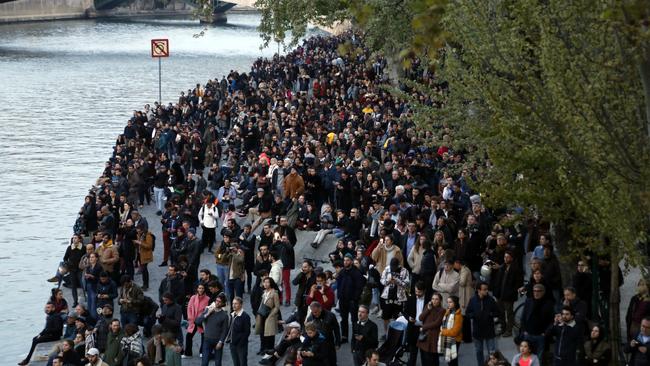
HISTORY MAKING
Plenty has happened within the walls of Notre Dame.
In 1431 Henry VI of England was made king of France.
In 1804 military leader Napoleon Bonaparte was crowned emperor there. Napoleon saved the structure from destruction during the French Revolution.
In 1909 Joan of Arc was beatified in the cathedral by Pope Pius X. Years early she was burned at the stake after being found guilty of heresy and being accused of being a witch. She was later declared innocent and a martyr.
In 1944 the liberation of Paris was celebrated within the cathedral where the Christian hymn Magnificat — The Song of Mary — was sung.
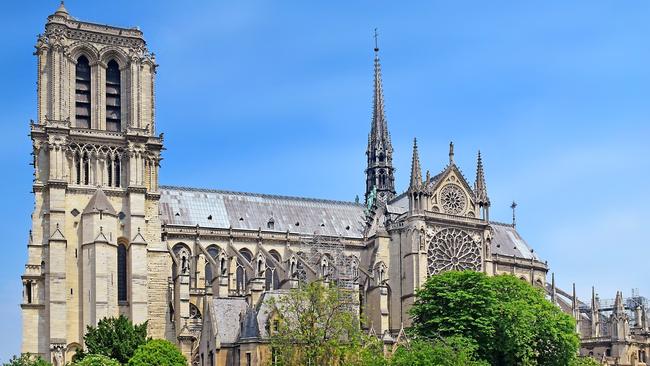
SPECIAL TREASURES
The cathedral architects cemented the building as wonder of the world for many reasons:
Rose Windows: Three of its rose windows date back to the 13th century; at the time of writing it’s unknown if these have survived the fire.

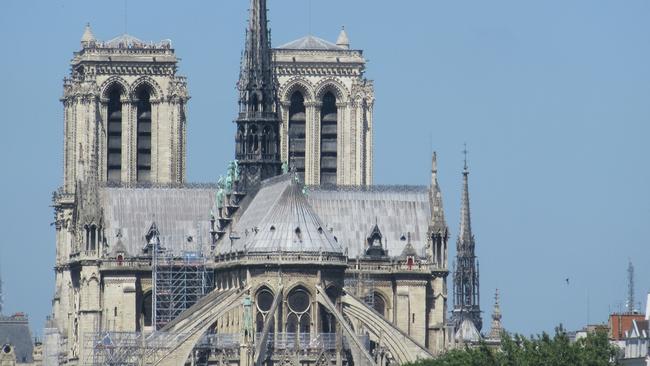
The Two Towers: The millions of the visitors who flock to the monument yearly likely stood staring in awe at the dual gothic towers. The were built ten years apart with the second completed in 1250. Both are 68 metres high and a 387 step climb provide a pretty special view of Paris.
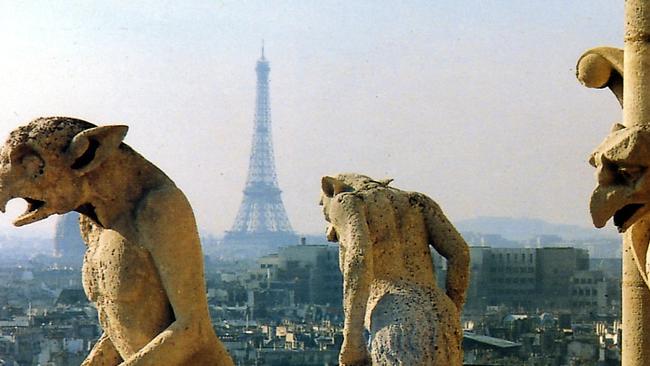
The Gargoyles: The mythical creatures also oversee the city.
The Bells: Notre-Dame has ten bells, each blessed with the name of a Saint. The largest is Emmanuel which weighs over 23 tonnes.
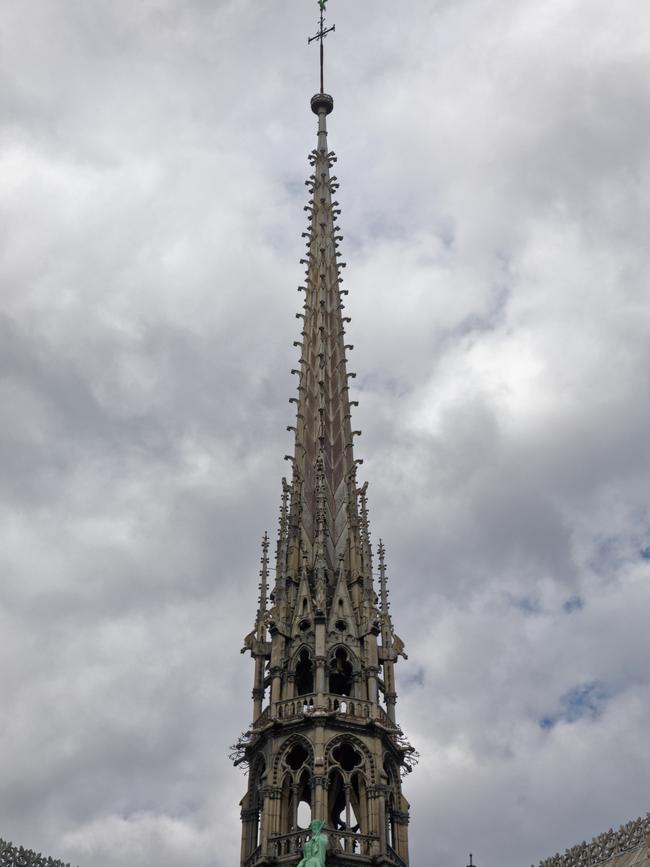
The Spire: Some of the most heartbreaking photos to come from today’s fire show the cathedral’s famous spire collapsing. It dates back to the 12th century.
The crypt: The achaelogical crypt was established in 1965 to protect historical ruins.
The organ: The current organ has more than 8000 pipes. To be declared chief organist is one of the most prestigious titles in France.

WHAT NOW
The cathedral fire has led to significant damage including the collapse of the main spire and to its beautiful rose windows. French President Emmanual Macron has confirmed plans to rebuild. Fortunately many artefacts including the Holy Crown of Thorns have been recovered but the loss of history is irreplaceable.
The Royal Institute of British Architects said told the BBC: “The loss of the roof and spire of Notre Dame, and possibly the stone vault too, is an irreplaceable blow to the heritage of French Gothic architecture.”
The cathedral has suffered neglect, damage and deterioration over the years but it has stood the test of time and endured many restorations — so this will be considered another one.
“Our lady” is still used by the Catholic Church for Sunday mass and it’s considered the most religiously and architecturally significant cathedral on Earth.
First look inside devastated Notre Dame
How did the Notre Dame fire start?
It is home to the archdiocese of Paris and attracts more visitors than the Eiffel Tower per year.
While it’s likely to be out of action for quite some time as repair work is done, it’s expected the Notre Dame will return to be celebrated for many more years to come.


